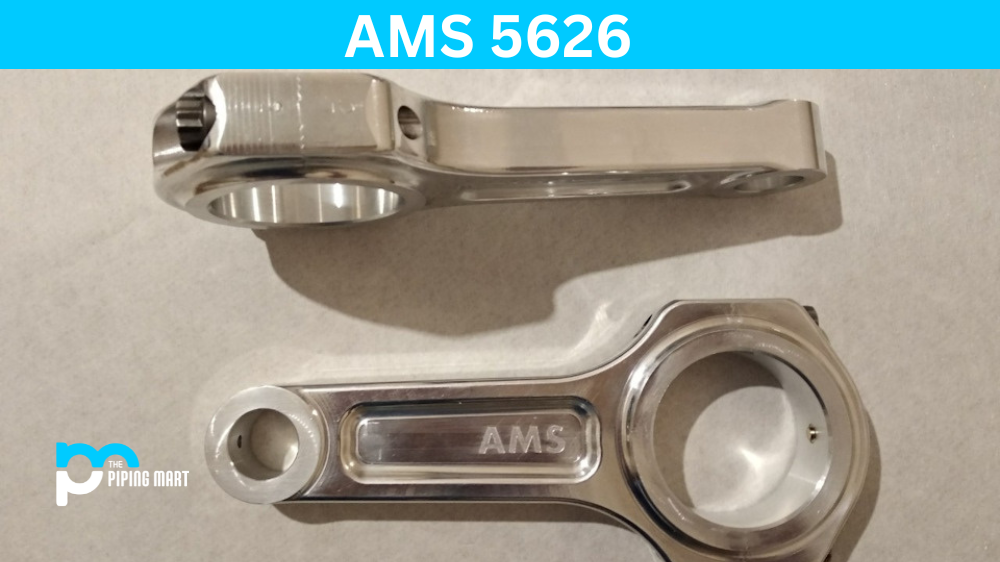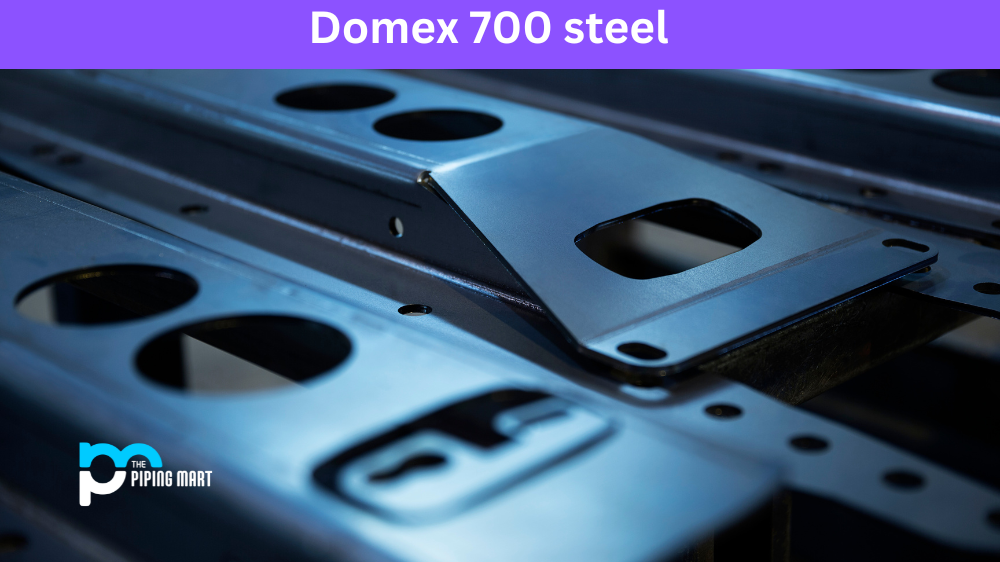When selecting the right materials for metalworking applications, several factors must be considered. The material’s composition, properties, and uses are the most significant aspects that should be considered. AMS 6250 is a low-alloy steel widely used in applications requiring high strength, toughness, and wear resistance. In this comprehensive guide, we will discuss the composition, properties, and uses of AMS 6250 in detail, so let’s dive into it.
AMS 6250 Composition:
AMS 6250 is a low-alloy steel that contains low carbon, molybdenum, and chromium. It also has small amounts of nickel, silicon, and vanadium. The composition of this alloy makes it resistant to wear, abrasion, and corrosion. The low carbon content also ensures excellent weldability, making joining this alloy with other materials easy.
AMS 6250 Properties:
As mentioned earlier, AMS 6250 is known for its high strength and toughness. It has a tensile strength of 125 KSI, which allows it to withstand extreme stress and strain. The alloy is also exceptionally durable and resistant to fatigue, which makes it ideal for applications that require high cyclic loading. The combination of strength, ductility, and toughness makes it an excellent alternative to more expensive alloys like titanium.
AMS 6250 Uses:
AMS 6250 is widely used in various industries, including aerospace, military, automotive, and manufacturing. Its high strength and toughness make it ideal for durable and reliable applications. It is popular for manufacturing high-load gears, shafts, and camshafts. The alloy also makes structural components, such as aircraft landing gear, suspension systems, and aircraft fuselage panels.
AMS 6250 Hardness:
The hardness of AMS 6250 is typically around 36-40 HRC. This hardness level makes it suitable for applications requiring abrasion and wear resistance. In contrast, harder materials like high-carbon steel can chip or break, making them unsuitable for critical applications.
AMS 6250 Heat Treatment:
AMS 6250 can be heat-treated to enhance its properties further. The most common heat treatments are quenching and tempering. Quenching involves heating the alloy to a specific temperature and quickly cooling it in a liquid medium. The process hardens the alloy, making it more resistant to wear and abrasion. Tempering involves heating the alloy to a specific temperature and cooling it slowly. The process increases the toughness and ductility of the alloy, making it more resistant to cracking and deformation.
Conclusion:
In conclusion, AMS 6250 is a low-alloy steel widely used in various industries for its high strength and toughness. Its composition makes it resistant to wear, corrosion, and abrasion, and its low carbon content ensures excellent weldability. The alloy is suitable for applications that require durability and reliability, such as gears, shafts, and structural components. Its hardness and heat-treatability make it an excellent alternative to more expensive alloys, and it is a cost-effective solution for many industrial applications.

A passionate metal industry expert and blogger. With over 5 years of experience in the field, Palak brings a wealth of knowledge and insight to her writing. Whether discussing the latest trends in the metal industry or sharing tips, she is dedicated to helping others succeed in the metal industry.




